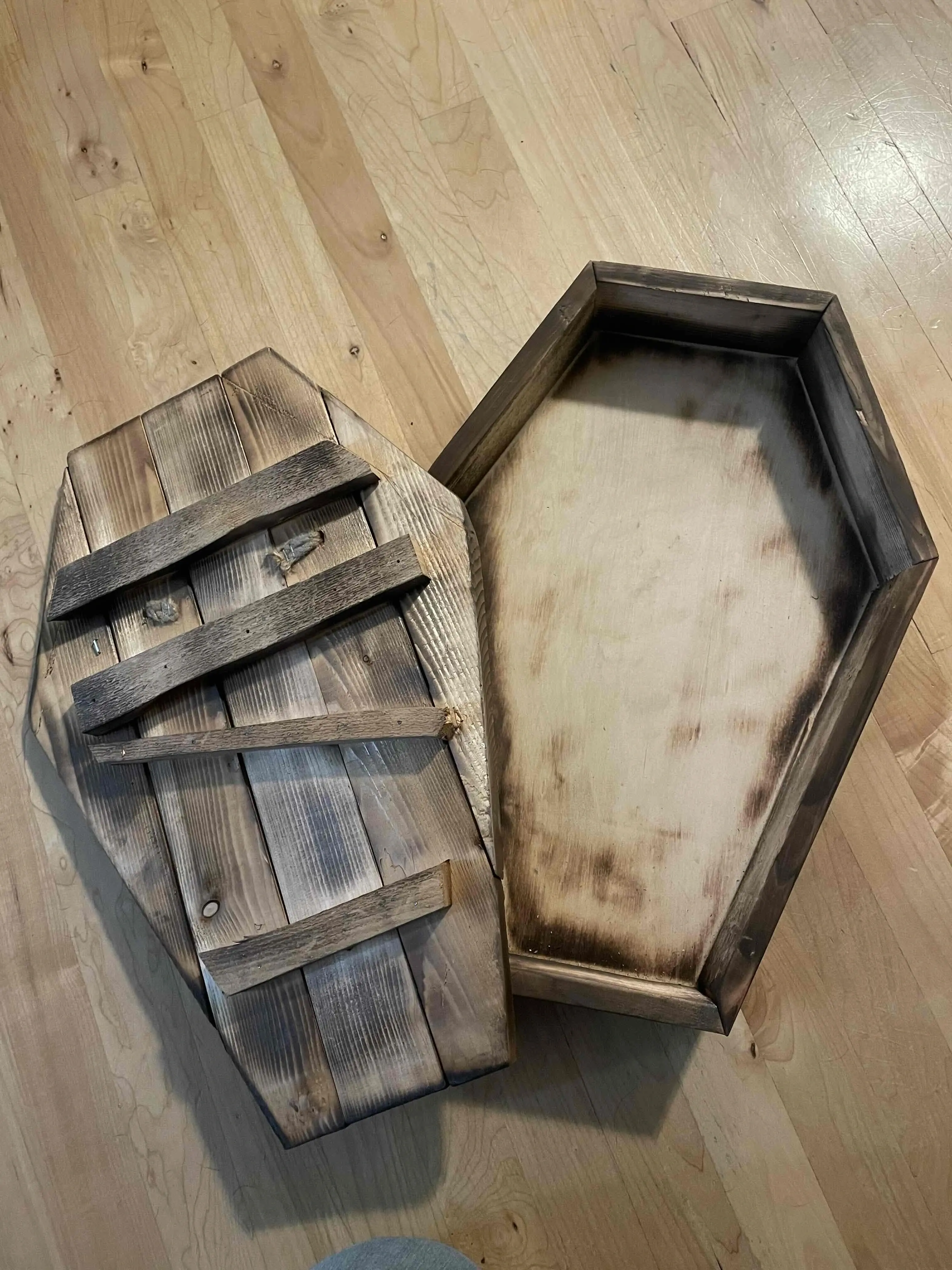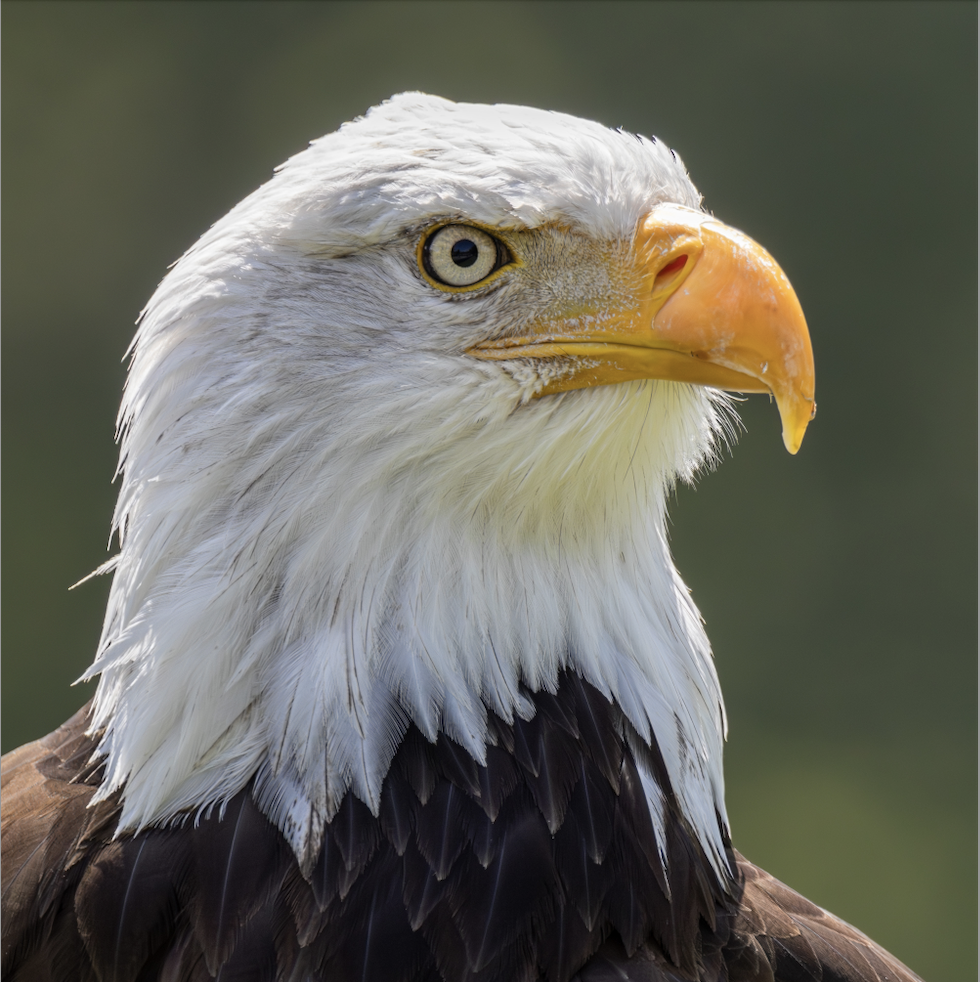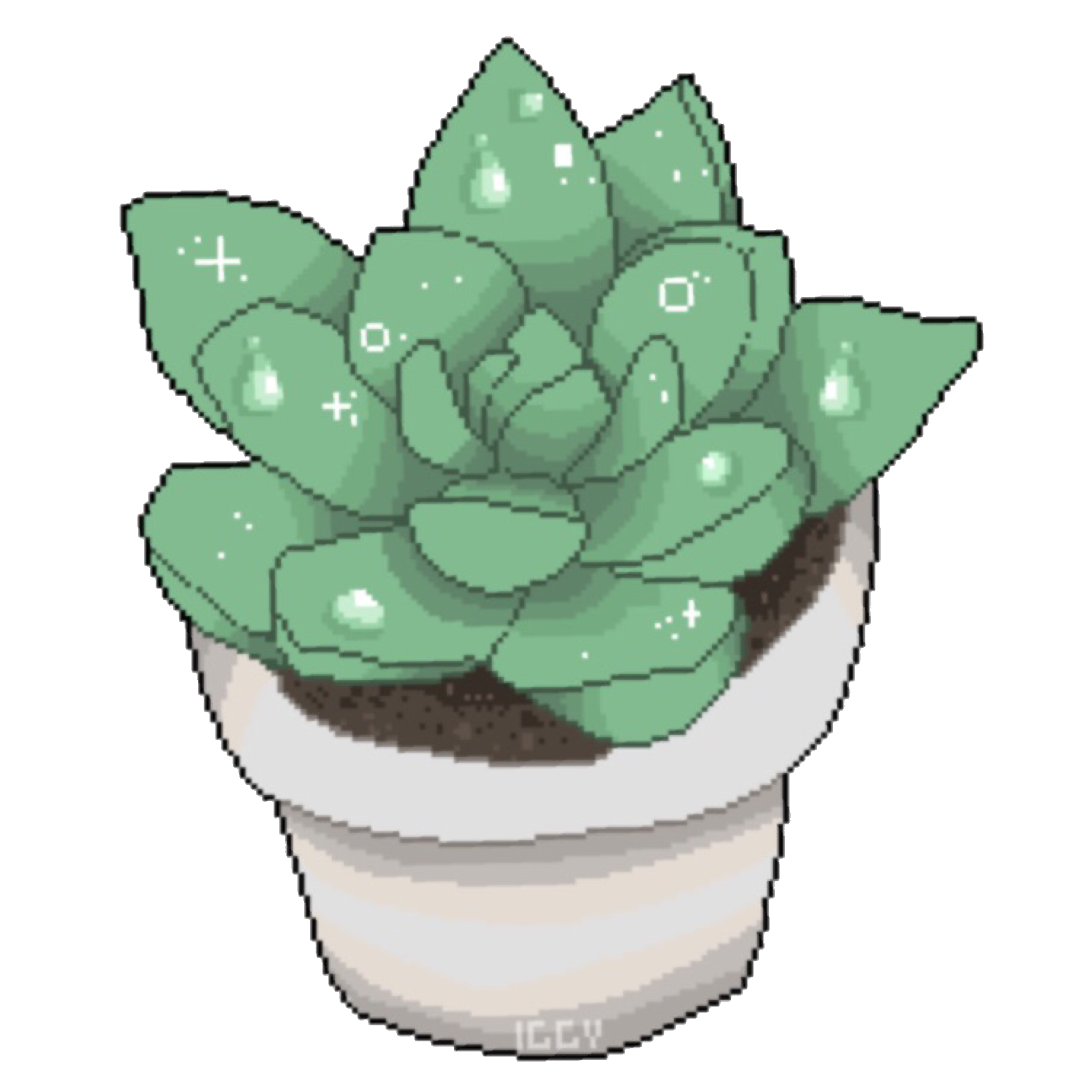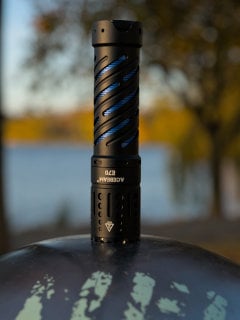A very related question to ask is: did your parents, or extended family, ever help you financially?
Here’s my answer.
Have I ever received help from my parents and/or extended family? Yes. I was able to live rent free after high school while I found my way. When I eventually started college I was able to live at home and commute. My family started a college fund for me when I was little, so I was able to cover about 15% of my in-state tuition. We also got a cash loan from my Grandma to put toward a down payment that we paid back over the course of a few years. Without it we wouldn’t have been able to buy our house.
Am I getting help from my parents or extended family now? No, I haven’t for years. Money and support have started flowing the other direction. I’ve given my mom a (used) car and also let her live with us for a year and a half while she switched careers.











I just learned these exist! They’re very cool looking.